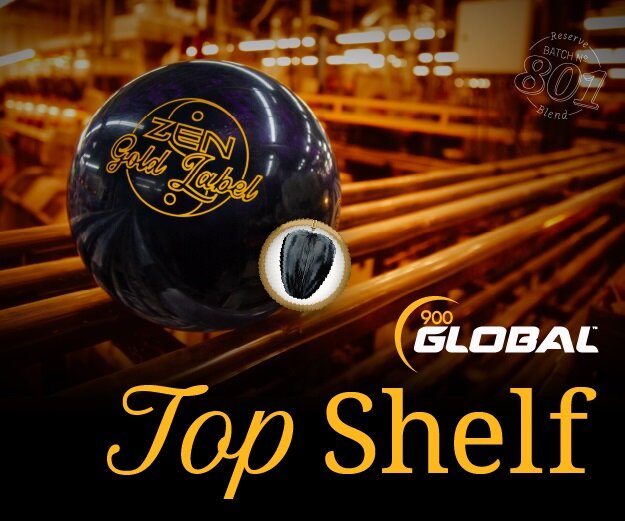 Building the Proper Arsenal– part 1
Building the Proper Arsenal– part 1
By Steve Kloempken, Storm Global Technical Advisor
Greetings again to each of you! Have ever walked into a bowling center and found that the lane conditions were much different than you expected? If so, and you had a difficult time adjusting to the extreme changes, then this article is sure to help you better understand the importance of building an arsenal of equipment.
Lane surfaces are becoming harder and slicker than ever before. Lane conditioners, or oils, now vary drastically from one company to another. Even the machines which apply the oil have gotten more advanced in recent years. Now throw in the fact that bowling ball technology has progressed at a phenomenal rate—coverstocks, cores, and weight blocks— and it’s no wonder that lane conditions are always changing! Even in the same bowling center, it would be difficult for you to find lane conditions identical from one night to the next.
Because of these rapid changes and numerous variables, it is now vital that every serious, competitive bowler carry an arsenal of bowling balls. But with so many choices, how do you know which balls are right for you? What’s the difference between an arsenal of equipment and just a bunch of different bowling balls?
To answer these questions we need to begin by identifying the different parts or components of a bowling ball:
- Coverstock
- Core
- Weight Block
The coverstock is the outside portion of the ball, or the shell. It can be of a variety of materials—polyester, urethane, reactive, or the newest nanotechnology. Particles may or may not be added to increase friction levels. Mica is also used to create a pearl shell that glides more easily through the heads.
The core is the light-weight filler material that changes the dynamics of the bowling ball and, most often, creates a lower center of gravity. Weight blocks come in two general categories: asymmetrical and symmetrical. Asymmetrical weight blocks have what known as a ‘strong preferred spin axis’ and create more entry angle with less deflection. All of the balls in Storm’s Premier Line, for example, are asymmetrical. As seen in the Shape-Lock™ HD and Origin™ cores, these designs can vary but all have a strong preferred spin axis. These types of balls generally perform best of heavier, longer oil patterns.
In contrast, symmetrical weight blocks create a smoother ball reaction and work well on medium/drier conditions. These types of weight blocks come in a variety of shapes and densities, but, when compared with the high end asymmetricals, exhibit minimal mass bias properties– hence the smoother break point. These types of balls are great for burned up lanes, as well as those with softer speeds or more side roll. Pete Weber loves symmetrical weight blocks because they never make a sharp change of direction! Pete’s maximum side roll already creates strong entry angle, so he doesn’t need any help from the weight block.
Now that we have the variables covered, we will continue with part two next month as we put together a sample arsenal for three different types of players. See which description best fits you, and you will know specifically what your arsenal should look like. Until then, best of luck and remember to always ‘Bowl up a Storm!’


